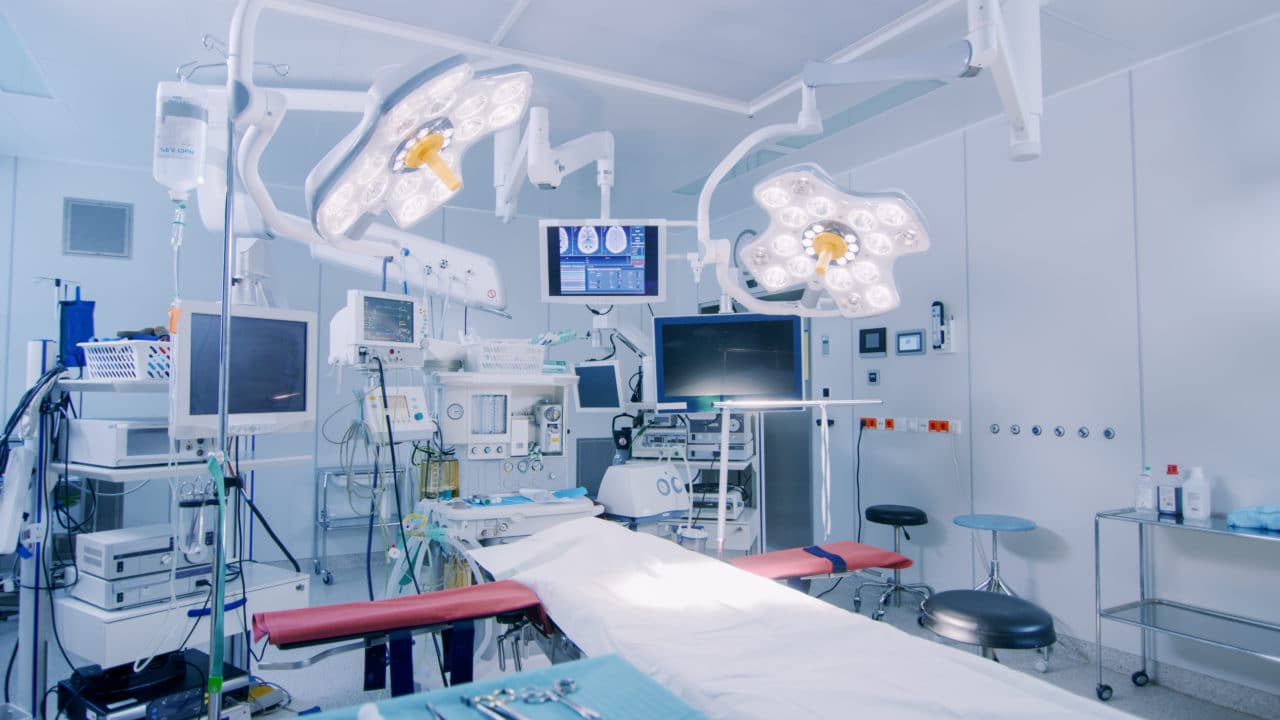The COVID-19 pandemic brought the importance of negative air pressure rooms into the forefront, but for those of us who work in healthcare, the need for these rooms is nothing new. Negative air pressure rooms—designed to contain airborne infections – have always been essential in today’s hospitals and healthcare facilities. They’re critical to the safety and well-being of patients, staff, and visitors in operating rooms, ICUs, and isolation rooms.
Keeping these rooms in certifiable condition can be a challenge. As a partner for many healthcare customers, Lee Company long ago recognized the problem with how the mechanical services industry approached monitoring and maintenance: It was common practice to identify issues, hand the facility manager a report, and walk away. That’s still the standard – but not at Lee Company.
Drawing on years of healthcare expertise, Lee Company designs, constructs, monitors, maintains, and certifies negative air pressure rooms. The simple fact that we do it all makes life easier for our healthcare customers. It also has a ripple effect far beyond the surgical suite: Our comprehensive knowledge of negative air pressure rooms helps us improve airflow and air quality throughout the facility.
Aeroseal: Stop the leaks
Air flows into a room – whether it’s an ICU or family waiting area – through ducts. Over time, the seals in ductwork get old and crack. Left alone, the leaks allow untreated air to get into the ductwork, and then the inhabited space. The leaks also allow air to escape, meaning you’re paying for treated air to be delivered where it’s not intended to go.
Lee Company is the only mechanical services provider in the region who uses Aeroseal to plug these leaks. The Aeroseal technology is clean and efficient: Our pressurized equipment hooks up to the duct and measures the leakage. The proper amount of safe, clean Aeroseal is then injected into the ductwork, where it floats down the duct, coagulates when it hits outside air, and fills up the leaky spots.
With the leaks filled, the air handling unit (AHU) doesn’t have to work as hard, and the proper amount of treated air is delivered to each room.
Air scrubbers: Keep it clean
Early on in the coronavirus story, reports talked about the value of using UV light to help ensure safe air quality. While air scrubbers didn’t get the same spotlight, they offer tremendous benefits as an aftermarket application to an AHU.
As opposed to the UV lights, an air scrubber treats and disinfects air before it’s delivered back to the space. This equipment, installed and maintained by Lee Company, applies an electric charge to the molecular air flow; filters catch the particles, and cleaner air is released into the facility.
Restart right
Now more than ever, employees, patients, and visitors want to breathe clean air. To help you restart right, Lee Company is offering a special facility evaluation that includes indoor air quality. The evaluation, available for a limited time only, covers such areas as humidity, temperature, and amount of outdoor air inside the building. We’ll also assess air handling units for performance and efficiency.
Schedule your facility evaluation now
REQUEST AN APPOINTMENT

